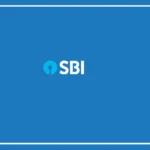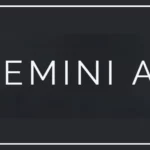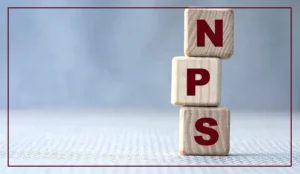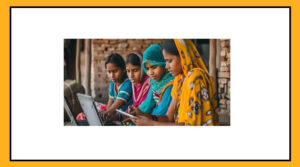The Modi government is considering reintroducing subsidies for electric vehicles (EVs) under the FAME-III scheme in the upcoming 2024 budget.
This initiative aims to boost the adoption of hybrid and electric vehicles in India, with an expected allocation of Rs 10,000 crore.
Impact of Subsidy Cuts on Electric Two-Wheelers
The subsidy on electric two-wheelers was discontinued earlier, leading to a significant decline in sales. The prices of electric two-wheelers increased as a result of these cuts, affecting consumer demand negatively.
With the potential reintroduction of subsidies, prices could see a notable reduction, especially with subsidies calculated per kilowatt of vehicle capacity.
Market Response and New Initiatives
After the cessation of FAME-II and state subsidies in March 2024, electric vehicle prices surged, dampening sales in the subsequent months.
In response, manufacturers introduced more affordable models with reduced features to sustain market interest.
This strategy saw moderate success in bolstering sales, although demand for premium models declined noticeably.
Growth Strategies and Company Initiatives
Major players like Ola Electric, TVS Motor, Ather Energy, and Bajaj Chetak Electric reacted to market conditions by launching cost-effective models to maintain their market share.
Ola Electric, for instance, introduced its budget-friendly S1 X series starting at Rs 70,000 and offering an industry-leading 8-year battery warranty, which enhanced consumer trust and uptake.
Transition to Electric Mobility Promotion Scheme (EMPS)
While FAME-II subsidies were halted, the government introduced the Electric Mobility Promotion Scheme (EMPS) in March 2024, allocating Rs 500 crore to encourage the purchase of electric two-wheelers and three-wheelers until July.
Under EMPS, financial assistance of Rs 10,000 for two-wheelers and Rs 25,000 for three-wheelers was provided, albeit temporarily.























